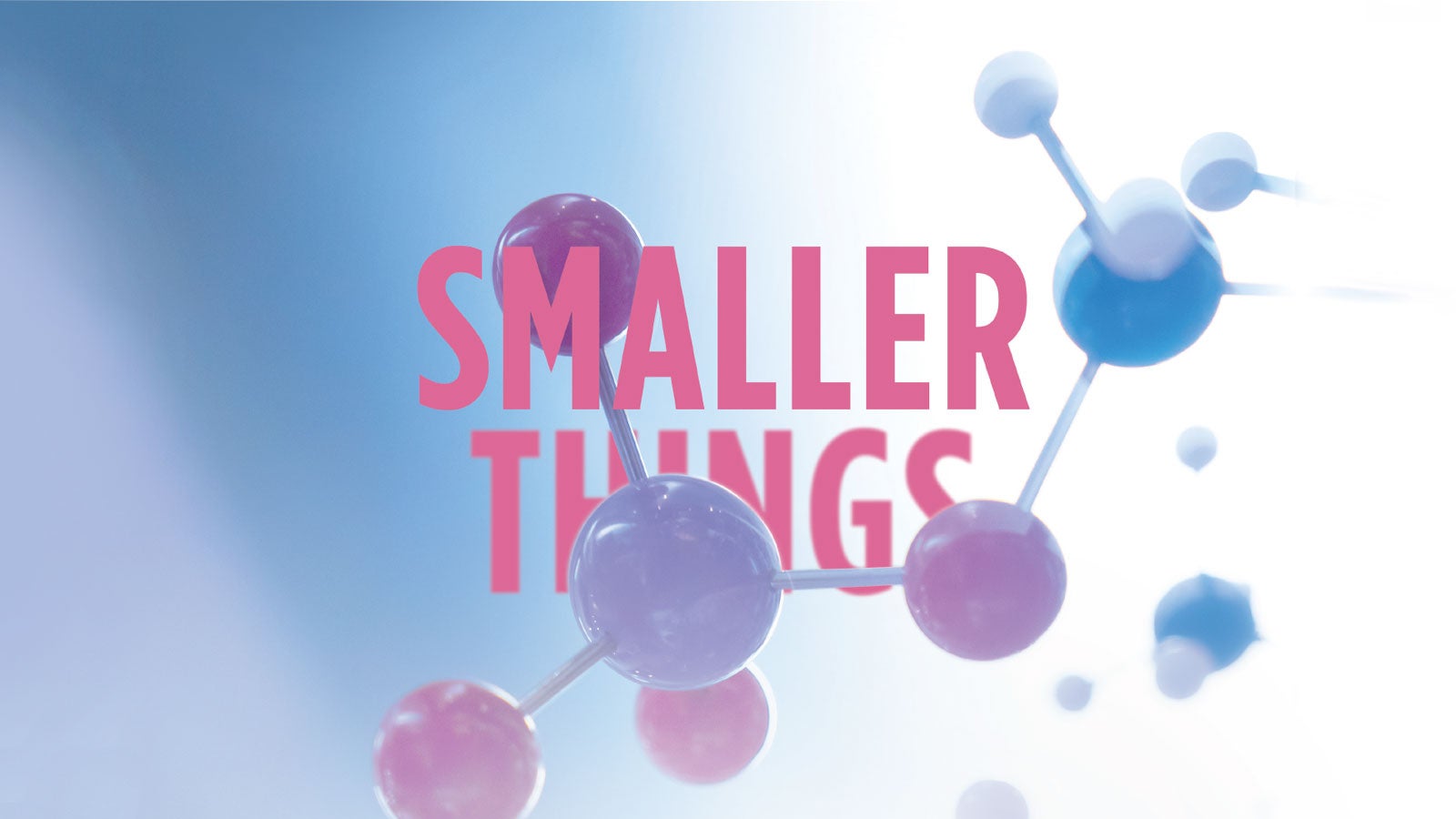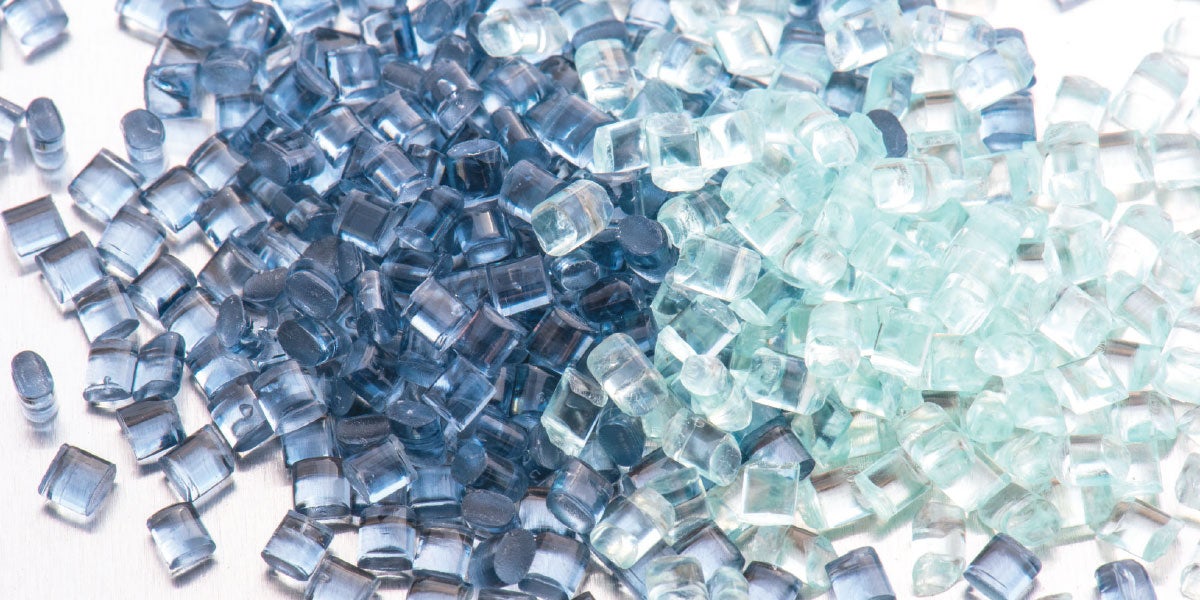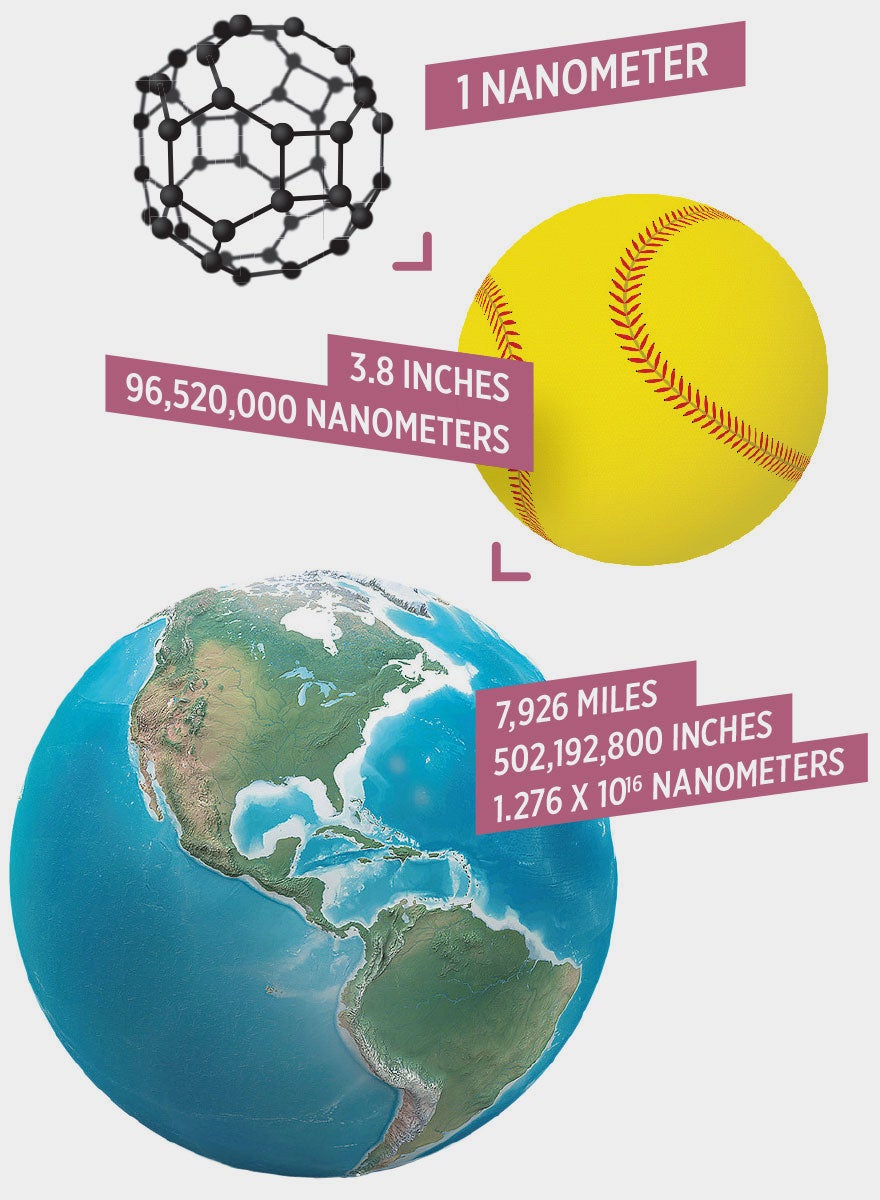
The Big World of Nanotechnology
Spring 2017 | By Eric Michael ’96

Lisa Friedersdorf ’91 knows that even the smallest changes in technology can have huge implications. As director of the National Nanotechnology Coordination Office, she cultivates research and development collaborations between the 20 governmental departments and independent agencies that make up the National Nanotechnology Initiative (NNI), such as the National Science Foundation, Department of Defense, National Institutes of Health, Food and Drug Administration, and NASA. In addition to advancing the study of this groundbreaking field, NNI has an educational mission to build awareness of nanotechnology.
“Even though nanotechnology is part of our daily lives, the vast majority of the public still doesn’t know what it is,” says Friedersdorf, who earned her bachelor’s degree in mechanical engineering from UCF. “I describe nanotechnology as the control and manipulation of matter at the atomic and molecular level. We’re talking about things so small — a human hair is on the order of 80,000 nanometers in diameter — you can’t even wrap your head around [it].”
The concept of nanotechnology is credited to Nobel Prize-winning theoretical physicist Richard Feynman, who introduced the idea in 1959 during a lecture titled “There’s Plenty of Room at the Bottom” at the California Institute of Technology. In 2000, President Bill Clinton announced the founding of the NNI during an address at the same institution, where he described the incredible potential of nanotechnology: “Just imagine, materials with 10 times the strength of steel and only a fraction of the weight; shrinking all the information at the Library of Congress into a device the size of a sugar cube; detecting cancerous tumors that are only a few cells in size.”
“The applications of nanotechnology are limitless — the only boundary is our imagination,” Friedersdorf says. “Now that we have the ability to make these materials and we’re beginning to understand them, we’re actually beginning to see the applications that exploit these novel properties.”
Here’s how nanotechnology is already making our lives better.

1. Cleaner Water
Nanoscale filters can remove an unprecedented number of contaminants, including most bacteria and viruses that contribute to many deadly waterborne illnesses. “Access to clean water is a critical issue worldwide, even here in the United States,” Friedersdorf says. “Nanoenabled sensors can detect low levels of pathogens, and nanotechnology can be used to treat water with filters, membranes and antimicrobial nanoparticles.”

2. Long Lasting Materials
Incorporating nanoscale additives in plastics and other polymers has improved millions of everyday items to be stronger, more resilient and longer lasting, reducing the amount of trash in landfills and pollution in the environment. “One of the early applications of nanotechnology is to make stronger, lighter composites for use in things like vehicles and sporting goods,” she says.

3. Smart Textiles
With fabric weaved from nanofibers, clothing is becoming more resistant to stains, water, fire — and even bullets — without a significant increase in thickness or weight. “Nanotechnology will also enable the development of all kinds of smart textiles, such as embedded sensors to monitor health,” Friedersdorf says. “There are even concepts for T-shirts that enable individual temperature control.”

4. Smarter Phones
Nanotechnology is being used to reduce the size and weight of the processors and batteries running our smart phones, rapidly increasing ease-of-use and capability. “We carry a supercomputer in our pocket that’s been enabled by nanotechnology,” Friedersdorf says. “Cellphones and touchscreens use nanoscale materials like graphene, and waterproof phones use super hydrophobic coatings to prevent water damage.”

5. Better Sunscreens
Products made in nanoparticle form provide better coverage for our skin and filter out more harmful ultraviolet rays than previous types. “Since nanoparticles are smaller than the wavelength of light, sunscreens are now transparent instead of the white-stuff-on-your-nose sunscreens many of us remember from our childhood,” Friedersdorf says.

6. Efficient Windows
Coating glass with nanoscale materials allows certain wavelengths of light to pass while blocking others. As a result, buildings are becoming more energy efficient. “In summer, you can have light without the heat,” Friedersdorf says. “Then in the winter, you can adjust [the windows] so that they let in heat with the light. They have huge energy ramifications.”
